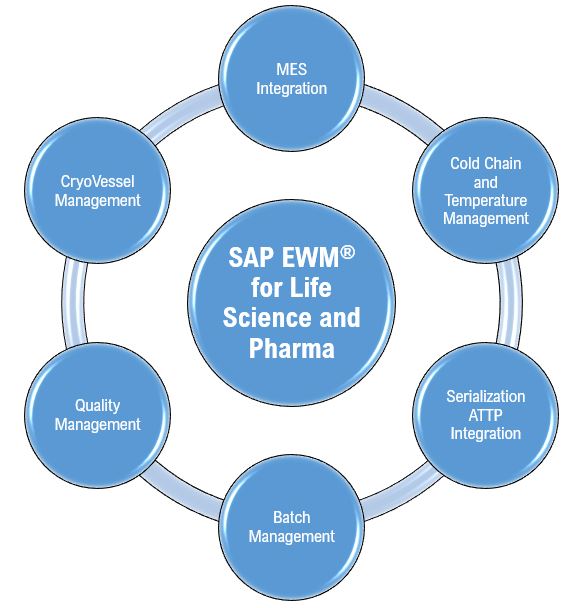Businesses are constantly seeking ways to innovate & improve product quality, reduce cost and enhance sustainability. Product lifecycle Management (PLM) system along with AI is proving to be the supporting hand towards meeting these sustainable objectives by delivering significant returns on investment. To sustain the efforts, digital thread is the foundation to integrate digital information of the entire life cycle of a product or process. The industry needs to transition from a document-centric approach to a data-centric approach. At the core of this transformation is centralized data management within a digital thread framework. Digital threads dynamically link to live data sources ensuring that critical information assets, such as as-built Bill of Materials (BOMs), CAD, compliance document, process plans (from MES), machine sensor data (from IoT), and quality inspection results etc. Also, it is imperative to establish AI policy, a roadmap for organizations to navigate the ethical, legal, and practical aspects of AI adoption, addressing potential risks and setting up ethical decision-making.
The integration of AI into PLM is no longer a question of “if” but “when.” Organizations that embrace this intelligent evolution will be well-positioned to thrive in the dynamic landscape of modern product development. The key requirements are Digital database, data accuracy, real-time data, protocol, cybersecurity plan, IoT, storage medium & AI policy.
Are you ready to unlock the full potential of your PLM with the power of AI?
The information provided here will support think tanks in the direction of digital transformation, which helps corporations to be highly effective and efficient in delivering products or processes that are game-changing in terms of speed, quality, cost, and profitability.
Some of the below mentioned areas, where AI-Driven Design integration can optimize manufacturing processes i.e. reducing design iterations, minimizes costly rework on the factory floor, shortens time-to-market for new products, and ensures designs are inherently easier and cost-effective.
1) Automated Bill of Materials (BOM) Management and Optimization
How AI Helps: AI can automate the creation, validation, and maintenance of complex BOMs by cross-referencing against various data sources (part libraries, supplier databases, compliance regulations). It can suggest alternative components and supplier based on cost, availability, performance, and sustainability. It can also identify potential obsolescence risks for parts and recommend substitutes.
PLM Integration: The PLM system acts as the central repository for all BOM variations (engineering BOM, manufacturing BOM, service BOM). AI assists in dynamically updating these BOMs, flagging discrepancies, and providing insights for cost reduction or supply chain resilience.
Use Case: An electronics company uses AI to optimize its product BOMs. When a critical semiconductor becomes scarce or expensive, the AI analyzes the PLM’s database of approved parts and supplier information to suggest functionally equivalent alternatives, considering cost, lead time, and manufacturability, and automatically updates the relevant BOMs for review.
2) Enhanced Collaboration and Knowledge Management
How AI Helps: AI-powered search (including natural language search) allows users to quickly find relevant information within vast PLM repositories (documents, CAD models, test results, supplier data). AI can also summarize complex documents, identify key insights from discussions, and suggest relevant experts for collaboration.
PLM Integration: AI acts as an intelligent assistant within the PLM interface, making it easier for distributed teams to access, understand, and leverage product knowledge, fostering better collaboration and reducing time spent searching for information.
Use Case: An engineer working on a new product needs to find all existing designs that use a specific type of sensor. Instead of sifting through folders, they can type a natural language query into the PLM system. AI quickly identifies and presents relevant CAD models, technical specifications, and even past performance data related to that sensor from across various projects.
3) Smart Change Management
How AI Helps: Engineering Change Orders (ECOs) can be complex and time-consuming. AI can analyze the impact of proposed changes across the entire product lifecycle – on design, manufacturing processes, supply chain, regulatory compliance, and customer documentation. It can automate routine approval workflows and prioritize changes based on criticality and impact.
PLM Integration: The AI operates within the PLM’s change management module, providing intelligent recommendations for approvals, identifying affected downstream processes, and ensuring all relevant stakeholders are informed.
Use Case: A consumer goods company wants to change a material in a packaging design. AI analyzes the PLM data to instantly assess the impact on regulatory compliance in different regions, inventory levels of the old material, potential impact on manufacturing line speed, and required updates to marketing collateral. It then automates the routing of the ECO to the necessary departments for approval, significantly accelerating the change process.
List of dependable database requirements for an “AI-inbuilt PLM for manufacturing process optimization”:
- Comprehensive Product Data Management:
Storage and management of all product-related information throughout its lifecycle, including design data (CAD files, specifications), BOMs (Bill of Materials), engineering change orders, and documentation.
Manufacturing Process Data:
- Storage of manufacturing process details, including process plans, work instructions, machine data, and quality control data.
Quality Data:
- Storage of quality control data, including inspection results, defect tracking, and non-conformance reports. Data related to compliance and regulatory requirements. Traceability of components and materials.
Sensor Data (IoT Integration):
- Capability to integrate and store data from IoT sensors deployed in the manufacturing environment.
AI/ML Model Data:
- Storage of trained AI/ML models used for process optimization, reduced part obsolescence, predictive maintenance, demand forecasting, quality control, etc.
Connectivity and Integration:
- Seamless integration with other enterprise systems such as ERP (Enterprise Resource Planning), CRM (Customer Relationship Management), and CAD/CAM systems.
Scalability and Performance:
- The database should be scalable to handle large volumes of data generated across the product lifecycle and manufacturing processes.
Security and Compliance:
- Robust security measures to protect sensitive product and manufacturing data. Compliance with relevant industry regulations and data privacy standards.
Conclusion:
AI-driven manufacturing process optimization will become the standard with more sophisticated, accessible, and integrated technologies. It requires a strategic approach that includes investing in data infrastructure, addressing skill gaps, managing change effectively, and focusing on clear objectives and measurable outcomes for AI adoption in PLM. Manufacturers who embrace this AI revolution will undoubtedly gain a significant competitive edge in the evolving global landscape. AI will enable real-time collaboration across global teams, ensuring faster time-to-market and higher-quality products. With advanced data analytics, AI will provide actionable insights, drive strategic decision-making and reduce costs, ultimately transforming PLM into a more efficient, agile, and user-centric system, delivering exceptional value to businesses and their customers.








